Archived content
NOTE: this is an archived page and the content is likely to be out of date.
Skills for Surviving the Age of AI

This series introduces trendy and popular themes from among those covered in Fujitsu Research Institute's information magazine Chisounomori by interviewing consultants who are working on actual business projects. The eighth theme is "Skills and Learning Styles for Surviving the Age of AI."
Speakers:
Hideki Yamamoto (Japan Office Representative, Minerva Schools at KGI)
Yoshio Goto (Manager, Business Development Division, Benesse Holdings, Inc.)
Chieko Hiramatsu (General Manager, Strategic Innovation Group, Fujitsu Social Science Laboratory Limited)
Mahoko Shiga (Senior Consultant, Digital Service Business Development Department, Fujitsu Research Institute)
Atsushi Hirano (Manager, Digital Service Business Development Department, Fujitsu Research Institute [Moderator])
*Affiliations and titles are as of the interview held on November 9, 2016.
Skill Concerns in the Age of AI: Learning that Generates New Value in the Face of Change
-- It has been speculated that half of all jobs could be taken over by computers in the not too distant future. Furthermore, programming is expected to become a mandatory school subject by 2020, and the definition of learning styles and skills have evolved dramatically due to the advent of ICT and AI. How do you feel about these developments?
Yamamoto: I'm currently in charge of representing the Japan office of Minerva Schools at the Keck Graduate Institute (KGI). While I was in charge of leadership training at a foreign-owned company, I noticed a significant skill gap among workers. Essentially, workers who had graduated from prestigious universities were unable to find meaningful positions in companies, while those in their 30s and 40s had acquired skills that are no longer relevant in today's society. In this respect, Minerva Schools is unique in that, rather than concentrating solely on technical expertise, we focus on how to organize information to better develop critical thinking, creative thinking, and effective communication skills.
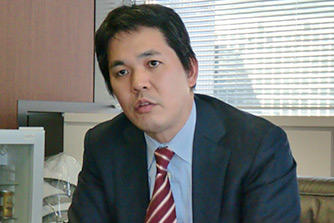 Hideki Yamamoto
Hideki Yamamoto
Japan Office Representative, Minerva Schools at KGI
Goto: When I was transferred to Silicon Valley--which is at the forefront of ICT-integrated learning--in 2011, I took the opportunity to catch up on the latest trends while working on the development of new services. Having returned to Japan in 2016, I am now working to create new business ventures here by leveraging the expertise that I gained in Silicon Valley.
Hiramatsu: I think that the key skills in the age of AI are being able to identify problems, find solutions, and provide leadership through discussions. In April 2016, Fujitsu developed the Mirai DOORS co-creation platform to serve as a hub for developing this approach and to refine skills. This platform has features such as Tamariba, a joint research group that allows Fujitsu to work with other leaders in innovation, as well as Kids' Event, which provides children with an opportunity to experience the latest technological developments for themselves. In the not too distant future, AI itself may begin outputting creative ideas. (Figure 1)
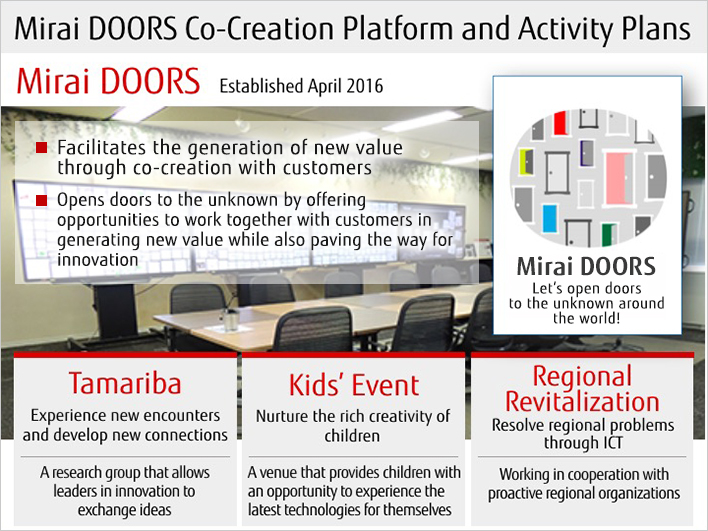 Figure 1: Mirai DOORS co-creation platform and activity plans (Fujitsu SSL)
Figure 1: Mirai DOORS co-creation platform and activity plans (Fujitsu SSL)
Shiga: I have two children who have not yet started school. Given the ongoing debate about technological singularity, IoT, and AI, I can't help but worry about what sort of skills I should instill in my children. Other parents have expressed the same concerns. During the first half of fiscal 2016, Fujitsu Research Institute (FRI) ran five classes on programming languages for elementary school children. This gave me a real sense of the potential that children have and the growing awareness of the issue among parents.
US Trends: Individualized, Personalized, and Adaptive Learning
-- Can you describe some of the trends and key ideas that you have identified with regard to the situation in the US?
Yamamoto: One trend I've noticed is the growing popularity of MOOCs*. With open online courses like these becoming increasingly commonplace, the separation between "teaching" and "learning" has been rapidly widening in terms of the role of universities. Many students taking non-online courses have lost confidence in the traditional lecture format, which serves only to pass on knowledge. These students tend to drop out of college and see open courses as a viable alternative. This leads me on to the second trend: blockchains**. In other words, we are witnessing a diversification of learning formats. In light of this, I think that the United States is exploring various new ideas regarding the roles that universities will play as educational institutions.
Goto: In the United States, another factor that has led to online courses being considered sufficient for a liberal arts education is the high tuition fees that are charged there. This has resulted in a rise in the popularity of MOOCs over the past four years. Given that Minerva is known for its online education, could you share your thoughts on the future of universities?
Yamamoto: I think that the pace at which technology is being adopted at universities will only increase. However, there have been cases where switching over to the MOOC model has actually increased dropout rates due to students finding it difficult to keep up with the course work. The MOOC model is not yet sufficiently adaptive to effectively respond to the students' level of comprehension. Now, though, we are starting to see the launch of new services featuring technologies that provide the individual student with an appropriate explanation based on how they attempted to solve a problem. Minerva aims to create an environment that will ensure that the traditional lecture format for sharing knowledge is replaced by MOOCs.
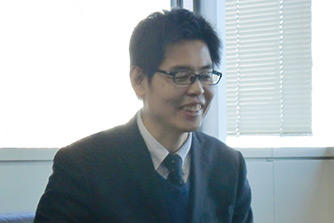 Yoshio Goto
Yoshio GotoManager, Business Development Division, Benesse Holdings, Inc.
Goto: When I was living with my family in Silicon Valley, I noticed that, unlike in Japan, children are taught to operate computers from the first grade of elementary school. They learn this through the use of applications such as math games and message boards for communicating with each other. I believe that a hands-on approach like this plays a vital role in allowing children to experience how these systems work. It seems like this opportunity to gain hands-on experience is skipped in Japan, with students being thrown straight into the hard learning.
Shiga: On my visits to public elementary schools in Silicon Valley, I also noticed that the first-graders studied online while wearing earphones. These schools also employed blended learning*** by splitting the classes in half. This allowed the teachers to visualize how each student was progressing. I was surprised to see that ICT was being used in public schools as a means of allowing the teachers to gauge the comprehension levels of each of the 30 to 40 children in their classes.
Goto: These teachers are not being told to use ICT in class by their administrators. On the contrary, they take the initiative and find viable solutions for themselves. The United States has a wider educational disparity than Japan does, and I felt that the use of ICT in the classroom was in part an effort to compensate for this issue.
Shiga: In the United States, there has been an emergence of schools that seek to use ICT to devise new methods of teaching, rather than just incorporating it into the traditional classroom format. I found it extraordinary that for every 10 students, there were 40 engineers using 10 cameras to monitor and analyze the students' actions in real time. The aim of this is to personalize education, with the engineers conducting research to develop methods of analyzing the study requirements of each individual child through the use of ICT. This impressed me greatly.
Hiramatsu: We've developed holographic tablets called zSpace. These tablets can create 3D replications of objects that students would usually never touch, such as the human heart or large equipment such as a turbine. This gives the students a chance to understand the composition of real objects by analyzing them in a virtual environment. This sort of teaching resource can only be achieved through ICT.
The Educational Approach Adopted by Minerva Schools:
Providing Socially Relevant Know-How at Affordable Tuition Fees
-- Minerva claims that it has surpassed Ivy League schools in attracting students from all over the world. Can you explain this in a little more detail?
Yamamoto: Minerva's mission is to provide gifted students from around the world with an affordably priced education that can be effectively applied in society. Minerva Schools serve as a benchmark that is driving all of today's elite universities in the United States. The problem with American universities today is that the high tuition fees they charge means that over half of them--including Ivy League schools (the US's eight most prestigious private universities)--are affordable to only a select few from the wealthiest segment of the population. Another problem is that enrollment is partially reserved for people of certain ethnicities, nationalities, and gender, thereby preventing some qualified students from enrolling. This system should be done away with. Also, although the ability to think creatively and critically across different fields of study is crucial in this time of turbulent change, this is not something that can be taught. It can only be learned by the individual. The establishment of such a learning environment requires small classes that adhere to the flipped classroom model****, but the costs are high. Minerva overcame this problem by developing a new online platform.
-- What were the students' reactions to this new model?
Yamamoto: In classes using the online platform model, students can submit assignments on the target subject before attending class. This leaves more time for in-class discussions, which in turn can be used as a means of gauging the performance of each student. Also, measuring the oral contributions of the students allows teachers to make sure that students are given equal opportunities to speak in class. The level of learning and the results of studying are extremely high, and there have been favorable reactions from the students. According to the results of the CLA+ test, when students enroll in the online platform their results in the critical thinking test are equal to those of a freshman at an Ivy League school, but they reach a level equivalent to that of an Ivy League graduate student by the end of their first year. (Figure 2)
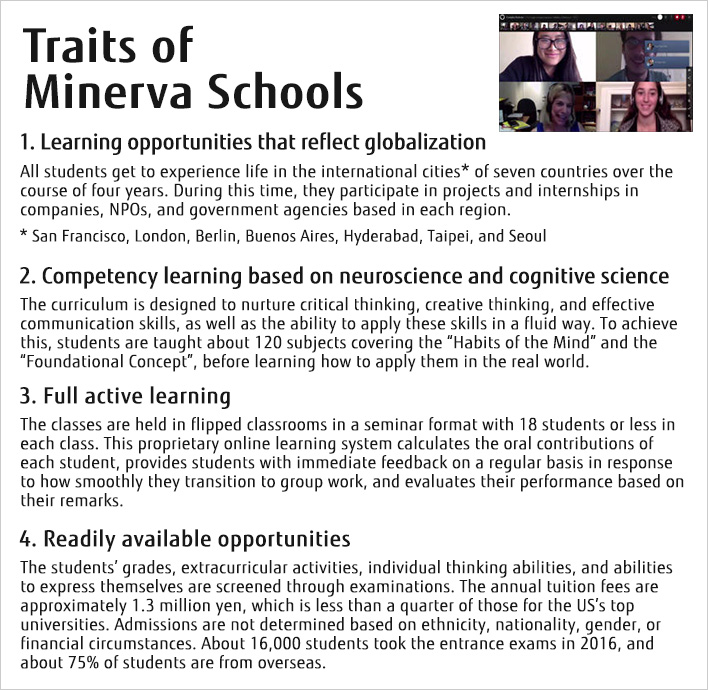 Figure 2: Traits of Minerva Schools
Figure 2: Traits of Minerva Schools
Educational Challenges Facing Benesse:
Learning that Teaches Creative Thinking and Problem Identification and Solving
-- Could you provide a few details on the new challenges facing Benesse?
Goto: Our goal is to give children the skills that they will require as they help to build the future by teaching them how to identify and solve problems. In facing up to this challenge, we endeavor to provide services that will help children acquire creative skills and develop their ability to identify and solve problems. There is a growing demand for services that teach children creative thinking and problem-solving skills. As a company with a long history and extensive experience, we aim to bring new learning opportunities to schools and homes alike.
Shiga: What measures are you carrying out in Silicon Valley?
Goto: Rather than relying solely on our own expertise, we've developed and implemented new learning methods by cooperating with local startups and other companies with interesting technologies. Even if the technologies hadn't been developed for educational purposes, we were able to come up with many ideas after discussing ways in which we could adapt them to serve as educational resources for children. For instance, we could take a pen that conducts electricity to class and ask the question: "How can we light up multiple LEDs with just one battery?" In learning about parallel circuits, students are given the opportunity to plan, execute, and learn by trial and error, thereby allowing them to experience the engineering process as they complete their project. We have also held workshops aimed at showing students how they can develop a deeper understanding of the topic by, for example, taking their completed projects home and uploading videos of them on YouTube. We believe that methods such as these that encourage children to think for themselves and express their ideas will be appreciated more and more as we move forward.
Practical Uses and Expectations for ICT in Education:
Co-creation Support, Diversity Communication, and Telexistence
Hiramatsu: Communication isn't just about the ability to do something; it's also about how well you can do it. For instance, if an adult stranger joins a conversation among children, the children may feel a little intimidated. However, using a puppet to do the speaking would eliminate any anxiety towards strangers and help ensure that a lively conversation will ensue. These results can be achieved through ICT.
Yamamoto: One interesting thing about Minerva's online platform is that to help students learn critical thinking, methods of using your brain and the relevant foundational concepts are divided into 120 subject elements, each of which are then assessed according to a proficiency level on a scale of one to five. By analyzing and verifying this data, we can develop an efficient and effective learning method. I believe that a combination of the teaching methodologies developed at Minerva and ICT will be heavily utilized in Japan's education system in the future.
Goto: Many claim that ICT is nothing more than a tool and that it should be used to aid existing workflows and to optimize people's lives, but we like to think of it as a weapon. To use a historical metaphor, just as the introduction of firearms during Japan's Sengoku ("Warring States") period changed the nature of warfare here, knowledge of new technologies can add entirely new value to the ways in which business and life are conducted. By helping children become familiar with a variety of technologies, we hope that they will start to see them as "weapons" that they can design and make for themselves.
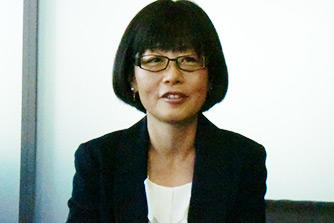 Chieko Hiramatsu
Chieko Hiramatsu
General Manager, Strategic Innovation Group, Fujitsu Social Science Laboratory Limited
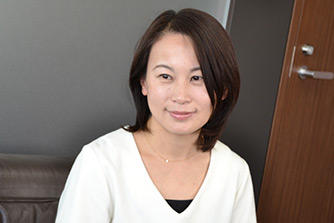 Mahoko Shiga
Mahoko Shiga
Senior Consultant, Digital Service Business Development Department, Fujitsu Research Institute
Shiga: One thing that we learned after implementing programming classes is that children learn very quickly. A child who has never touched a PC before can create a game within a few hours. This sort of creativity holds tremendous potential. However, because very young children can't write, they are unable to put their ideas into effect. Instead of incorporating ICT into the conventional style of classwork, we aim to investigate the optimal ways for children to learn, starting with what can be achieved with ICT.
Future Changes in Japan:
Transforming Schools and IT Education by 2020
-- To bring this discussion to a close, could each of you give your views on the future direction of education in Japan?
Yamamoto: Secondary schools in Singapore and Malaysia provide not only mathematics and English classes, but also design and technology classes where students can use CAD and 3D printers to present the objects they create. This is a truly effective means of cultivating critical thinking and creative thinking skills. With ICT being applied as a matter of course in these schools, I'm a little worried about whether entrusting my children to the Japanese education system--where children simply note down what they are told--is really the right option. Rather than just listening to the needs of schools, I think it is imperative that we proactively involve ourselves in transforming our schools.
Goto: Coincidently, 2020 is not only the year in which the Tokyo Olympics will be held, but also the year in which the government curriculum guidelines are to be revised. Instead of a system in which students simply acquire basic knowledge for the sake of it, I want us to continue supporting methods of learning that incorporate the concept of using knowledge and applying it in society and the world as a whole so that people can lead better lives.
Hiramatsu: I think we are seeing the dawn of an age in which innovation by co-creation will play a critical role in our world. I want us to take whatever steps are necessary to implement our ideas using ICT and to approach these challenges with a genuine sense of curiosity.
Shiga: In this rapidly changing world, we need to proceed without a defined set of standards. Although we refer to this as the "age of AI," we are really still in the nascent stages of exploring what AI is actually capable of. We must be ever mindful of the changes going on around us and engage in discussions with people from a variety of backgrounds to explore new methods of learning.
-- Thank you all very much for your time.
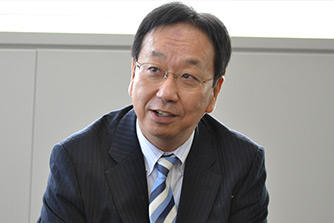 [Moderator] Atsushi Hirano
[Moderator] Atsushi Hirano
Manager, Digital Service Business Development Department, Fujitsu Research Institute
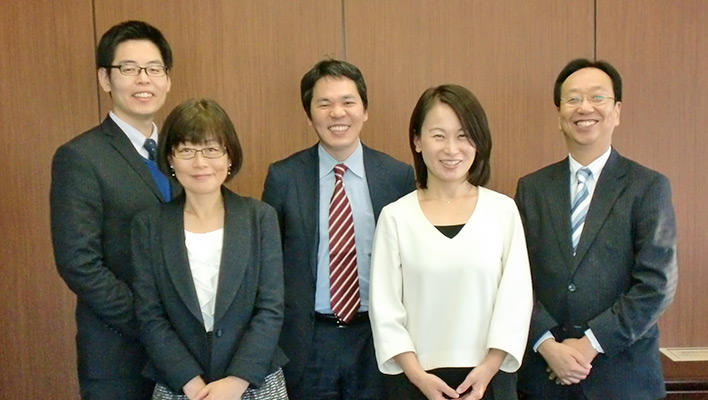 Goto, Hiramatsu, Yamamoto, Shiga, and Hirano (left to right)
Goto, Hiramatsu, Yamamoto, Shiga, and Hirano (left to right)
We want to hear from you.